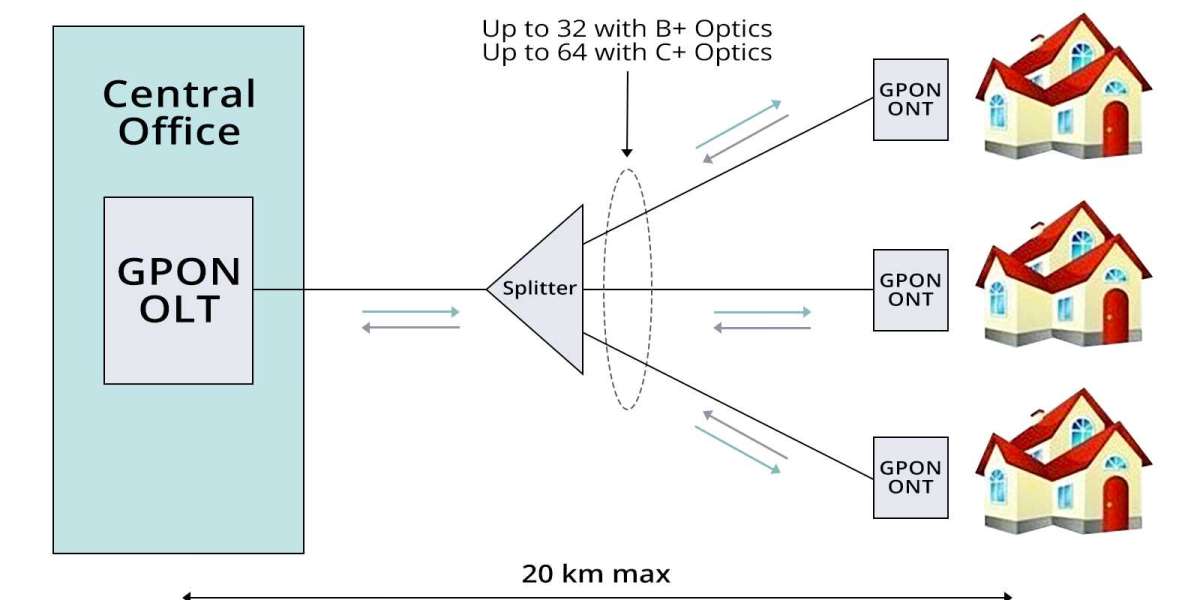Introduction:
In 2011, a monumental event unfolded in several countries across the Middle East, as millions of citizens stood united against oppressive regimes in a quest for freedom, democracy, and social justice. This wave of uprisings, known as the Arab Spring, sparked a profound shift in the region's political landscape and brought about significant changes for its people. One notable occurrence during this period was the Tunisian Revolution, often considered as the catalyst for the subsequent revolutions that unfolded throughout the Arab world.
Body:
The Tunisian Revolution, also referred to as the Jasmine Revolution, commenced in December 2010, when a young street vendor named Mohamed Bouazizi set himself on fire in protest against government corruption and injustice. Bouazizi's self-immolation struck a chord with Tunisians, who were already burdened by decades of autocratic rule under President Zine El Abidine Ben Ali.
The incident sparked widespread outrage and led to an unprecedented wave of protests, initially demanding economic reforms and government accountability. However, as weeks progressed, these protests swelled in size, with citizens delving deeper into their resentment towards the oppressive regime. Security forces responded with violence, further fueling the resentment and inspiring others across the region to join the fight.
The revolt reached its climax on January 14, 2011, as Ben Ali, after 23 years in power, was forced to flee the country to seek exile in Saudi Arabia. This momentous event laid the foundation for change throughout the Arab world, as Tunisia successfully transitioned into a democratic state.
The success of the Tunisian Revolution sent shockwaves across neighboring countries, inspiring millions to rise against their own repressive regimes. Widespread protests soon erupted in Egypt, Libya, Syria, Yemen, and Bahrain, among other nations, as citizens channeled their frustrations into peaceful demonstrations demanding political reform, social justice, and an end to authoritarian rule.
While each country's path varied, the collective aspiration for freedom and democratic governance remained a common thread binding their struggles. The Arab Spring, rooted in a desire for human rights, dignity, and a better future, brought together diverse groups across the region, transcending barriers of religion, ethnicity, and socio-economic background.
Conclusion:
The events of 2011 marked a significant turning point in the modern history of the Middle East, as the Arab Spring revolutionized the political landscape, redefined citizen participation, and challenged the status quo. While the outcomes of these uprisings have been mixed, the spirit of the Arab Spring continues to resonate, reminding the world of the immense power of collective action and the eternal pursuit of freedom and justice.
Reprinted:"The Arab Spring: A Revolutionary Wave That Gripped the Middle East"



